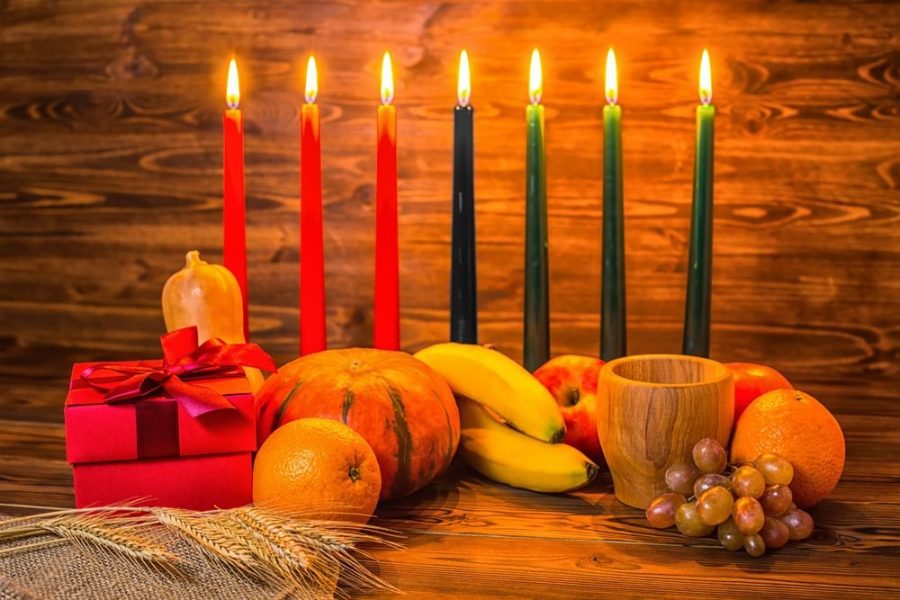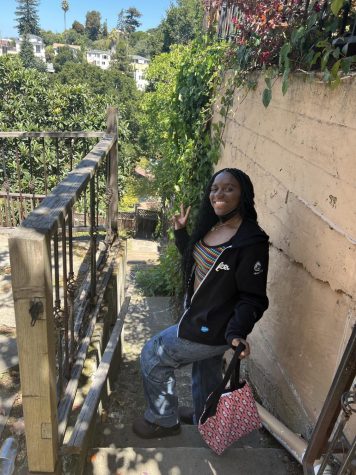The Celebration of Kwanzaa
The history, significance, and customs of Kwanzaa
December 31, 2022
Tis the season! December is known for its cold weather and holiday cheer. There is just something in the air! Everyone spends December counting the days until Santa Claus comes to town. Then a few days later, everyone gather to watch the ball drop on New Years. But there is one December holiday that goes unrecognized more often than not – Kwanzaa. The word Kwanzaa comes from the phrase Matunda Ya Kwanza in Swahili, which means fruits or harvest. Kwanzaa was created in 1966 by Dr. Maulana Karenga and is an African American and Pan-African holiday celebrating African and African-American history and culture. The holiday is in observance from December 26th through January 1st, and each of these 7 days has a name and distinctive purpose.
The first day of Kwanzaa is Umoja, which means unity, and the first black candle is lit on this day. The goal of Umoja is to strive for unity among family, friends, and the African American race. The second day of Kwanzaa is Kujichagulia, meaning self-determination. On this day, the red candle to the far left is lit, and observers are prompted to find purpose in themselves and define their personalities. The next day, Ujima, is the day of responsibility and collective work and the green candle is lit. Ujima’s essence is to lift up the black community and support one another financially, however possible. The 5th day is Nia, which means purpose. Nia is a day to define what each individual’s purpose in life truly is. The sixth day of Kwanzaa is Kuumba, which symbolizes creativity and highlights all of the beautiful innovations that members of the black community have already created, as well as how the progress may be continued. The final day of Kwanzaa is Imani, the day of faith. Imani is a day of closure and reflection on all the previous days of Kwanzaa. Because the order in which the candles are lit is essential on the first day, the black candle in the middle is lit, then they are lit from left to right starting with all the red candles, then the green.
While Kwanzaa is not as significantly portrayed in movies or public decorations as Christmas or Hanukkah during the holiday season, it is a beautiful holiday that holds much meaning to the cultures of many individuals. To any Dragons celebrating Kwanzaa, heri za Kwanzaa! (Swahili for “Happy Kwanzaa!)


